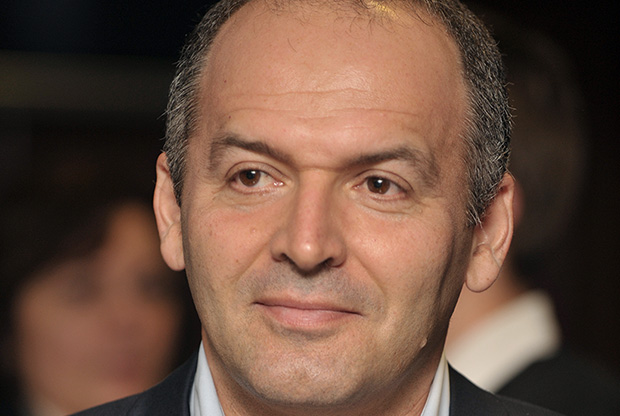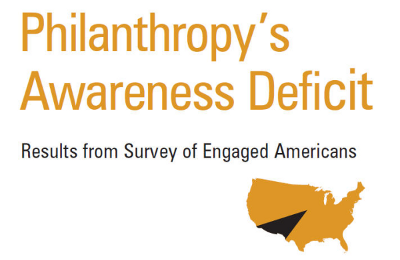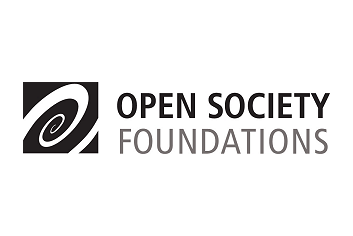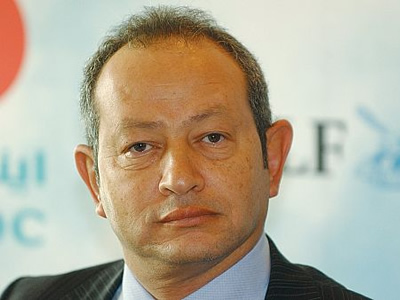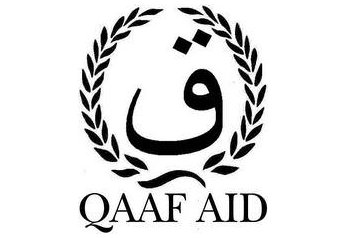
We’re bleeding money. With costs of $1.5 million per month and no revenue we can’t go on much longer like this. Over 350 staff have already been laid off – that’s 60% of our workforce. All non-essential costs have been halted. Senior staff have taken a pay cut. But we’re still hurtling towards a financial cliff.
That’s the picture after we shut our doors to the Vancouver Aquarium – which we own and operate – on March 17th. Fast forward over three months and, well, we’re still in a pretty dire financial situation. But we’ve raised millions of dollars in emergency funding, quadrupled our donor base, started new business revenue lines, expanded our public profile and embarked upon a global conservation strategy.
Nothing has changed and everything has changed. And I hope that learnings from what we’ve been going through will be helpful to other social profit leaders.
Our organization is Ocean Wise – a global conservation NGO that also owns and operates the Vancouver Aquarium. This unique model is a huge asset in “normal times” – we run ocean-based research and education programs while also being able to motivate millions of aquarium visitors to take actions that benefit marine life. We also have a diversity of funding sources through aquarium ticket sales, retail, grants, donations and sponsorship.
But when the pandemic hit, the aquarium quickly turned from our greatest asset to our greatest liability. It turns out that feeding and caring for 70,000 animals is really expensive. And those costs exist whether the aquarium is open to the public or not. We can’t just switch off the lights and lock the doors until we’re ready to come back.
IMPACT ON THE NON-PROFIT SECTOR
While Ocean Wise is unique in its organizational structure, it’s not at all unique as a non-profit organization impacted by COVID-19. In Canada alone, charities are projected to lose as much as $15.6 billion in revenues and 194,000 employees. And in the UK, 43% of charities reported an increase in demand for services at the same time that they’re projecting a 48% decline in donations.
Non-profits around the world are losing money, laying off staff and shutting down at the time when they are needed more than ever. They should be scaling up not winding down.
So why is this? Sadly, charities are not decoupled from market forces. When the economy is strong, more grants and donations flow. When the economy is weak, funding dries up – even though that’s when it’s needed most.
Some foundations have stepped up to buck this trend. Almost 800 major philanthropists and funders have signed a pledge to do more during the pandemic – including loosening grant restrictions, fewer reporting hurdles and giving to community emergency response funds. Some foundations are also more aggressively dipping into their endowments because if not now then when?
These efforts should certainly be applauded and hopefully this flexible philanthropy sticks around post-covid. McKinsey & Company have a great post about this and how philanthropists can build on these positive grant-making practices in the future.
WHAT ABOUT RECOVERY?
That’s great that some major grant-making foundations and philanthropists are rising to the challenges charities and their beneficiaries are facing. But what about governments? Emergency funding around the world is flowing and whiffs of recovery stimulus are in the air in certain places. Here in British Columbia, where I’m based, the provincial government is deciding how to spend a $1.5 billion recovery fund commitment.
Most in the non-profit sector view the recovery from the 2008 recession as an absolute disaster. The very companies that caused the downfall were the ones that got bailouts. Almost no one responsible was held accountable, while millions of marginalized people lost their jobs, houses and healthcare (especially true in the US).
It’s no wonder that discussions about this recovery use the phrase “build back better” to the point of it being a cliché. There’s the People’s Bailout movement in the US, the Green Recovery push in the UK and the Resilient Recovery in Canada. And dozens of other similar initiatives around the world.
As organizations rebuild and rehire, this is a major opportunity to rethink our economic model (how about Doughnut Economics?), diversify in the workplace (and especially leadership positions) and address anti-racism and social justice.
It’s also an opportunity to tackle climate change in a big way by stimulating clean energy rather than fossil fuel bailouts. And maybe we’ll all rethink whether rampant consumerism is a core value that’s worth holding onto even if it means massive inequity and environmental disaster.
Or maybe not.
Many are cynical about lasting positive changes and figure we’ll all just go back to our unsustainable “normal.” And others argue that government stimulus for a green recovery, by trying to bet on certain winners in the marketplace, is a “terrible idea”. Instead, governments should use carbon taxes and other interventions that will let the market work it out.
NOW IS THE TIME TO REINVENT CHARITY FUNDING MODELS
But whatever the “right” solution to economic recovery, charities should also be looking at how they build back to guard against financial vulnerability. It’s an opportunity to re-evaluate funding models. Where are you exposed and what new revenue opportunities are there? Is your organization over reliant on one funder or source?
At Ocean Wise, we certainly felt the reliance on the Vancouver Aquarium for 85% of our income. This was no surprise – and we were already working to diversify income sources – but these past few months have bene a huge wake up call.
With essential costs needing to be met and most revenue cut off, our losses were (and still are) mounting fast. We had to figure out how could we quickly make a lot of money. Here’s what we learned and how it might be helpful to other non-profits:
- Be more entrepreneurial
Given the financial crisis many charities find themselves in, now is the time to take on board some more entrepreneurial and creative thinking around funding.
That’s what we did with Ocean Wise by creating a “campaign war room” daily meeting where we would generate new creative funding ideas and review those that came forward from the public.
The star case study of this more business-minded approach has been our partnership with the Vancouver Whitecaps FC to sell co-branded non-medical facemasks to raise funds to help the Vancouver Aquarium. A conservation NGO selling facemasks? Not the obvious idea, but worth a shot.
And was it ever: we sold 100,000 masks in one week, raising over $2 million gross!
Okay then, so I guess we’re in the mask selling business now. Fast forward several weeks and we’ve now had funding proceeds from:
- A brewery that created a Save Vancouver Aquarium beer
- Herschel Supply Co. products made from recycled boat sails
- A livestreamed DJ event from the aquarium
- Chefs who created a sustainable seafood chowder
- A 9 year-old selling her artwork
This is just a selection of the ideas and fundraisers that have come forward. We are now acting like a venture capital firm – betting on start-up enterprises that may take off or fail, but on the balance making a lot more urgent revenue than we would have with our pre-covid approach.
Charities should use this time to fight against that default pull towards the traditional funding sources of donations, grants and sponsorship and start thinking creatively. What services do you offer that people/organizations would actually pay for? How can you monetize and market them? Goat2Meeting is a wonderful example of this creativity.
- Understand why people support you – what’s your USP?
Maybe your organization has gone through different rebrands, strategies and evolutions. You’ve had some good successes and now on an aggressive path to solve the world’s problems. It’s an inspiring vision and staff are excited. But has your base of supporters fully bought in? Or are they still rooted in the history or founding ethos of the organization? Why do people support your organization and what is unique about you among charities?
We certainly had to go back to our roots as an aquarium – and therefore pause the public messaging about our global ocean conservation vision – when we decided to go public with our dire financial situation. We appealed to our donors and the media through a campaign called “Save the Vancouver Aquarium.” If there was ever a time to “play to the base” and pull the parachute cord, this was it.
The results were better than anyone anticipated. In the first week we raised over $1 million from 5,000 donors. And now that total sits at $2.2 million from 14,000 donors. Our roots into the community were far deeper than we had ever known. Before we launched the Save the Vancouver Aquarium campaign, we had about 3,500 annual donors. Now, almost overnight, we have four times that amount.
Not only has this new army of supporters helped us in our current financial situation, they are now in a position to fund our forward-looking ocean conservation journey as Ocean Wise. How much would it have costed to acquire 400% growth of our donor community in a couple months through traditional marketing, consulting, list-buying, etc?
Ignore your base at your peril.
- Build for the reality you want not the one you’re in
With many charities having to layoff staff, cancel events and trim back programs, they are definitely feeling the impacts of COVID-19. Because of scrappy resiliency and passion of non-profit workers, the default option seems to always be to do more with less. To try to continue with all the planned work – or perhaps even more work – with fewer people and fewer dollars.
This is a perfect recipe for burnout, and it happens all too often.
Rather, now should be the time to (re)prioritize the core work of the organization. I know that for me and my team and Ocean Wise, our priority had to be maximum ROI funding opportunities that could fill short-term gaps.
Faced with over $10 million in potential losses, all events, long-term cultivation, and new program funding had to be dropped or put on the back burner. Everything is run through the filter of, “Will this deliver high-ROI, short-term unrestricted funding?” If so, it makes the campaign war room list of ideas. If not, it’s shelved.
Some of the other modifications we’ve had to make have also been things that we realize are going to be beneficial in the long run. Many organizations can speak to how remote working will now be a new reality – with companies like Twitter and Facebook announcing work from home as a new permanent policy.
New systems and processes that we’ve had to put in place to accommodate modified visitations to the Vancouver Aquarium have actually been the catalyst for technology changes that we’ve wanted to make for years. All in the name of being highly efficient with limited staff capacity.
So, my advice to charity leaders would be to avoid looking at your current staffing and funding situation as a swiss cheese model of gaps that you need to fill later on. Instead, melt that cheese down and form it into something new that is better adapted for what you need.
Adjust to the new reality, (re)prioritize and reimagine your model accordingly. As Winston Churchill famously said, “Never let a good crisis go to waste.”
Jeremy Douglas is Vice President, Development, at Ocean Wise




